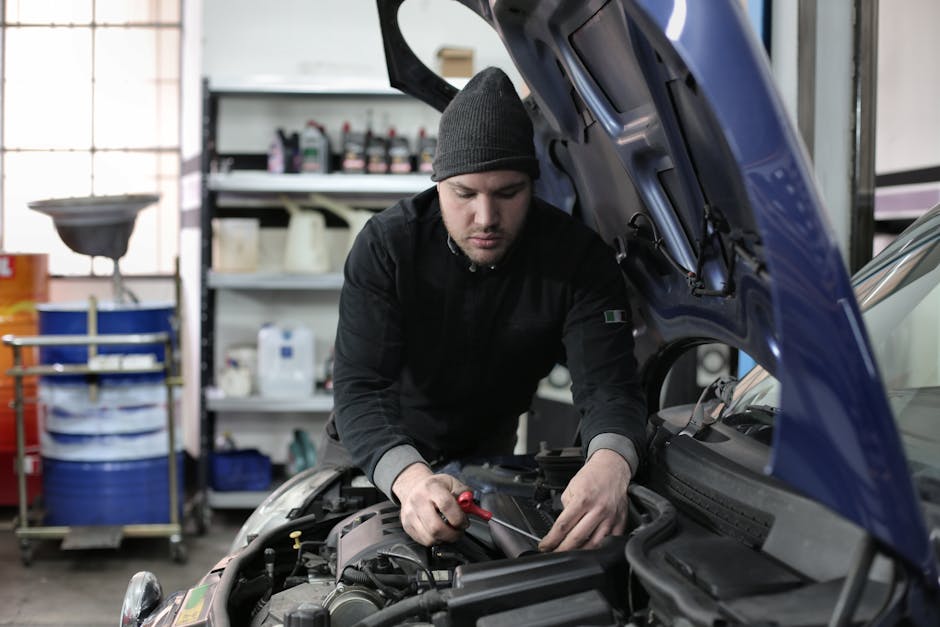5 Key Takeaways on the Road to Dominating
 The Ultimate Guide to Labradoodles: Unraveling the Mystique of this Lovable Breed
The Ultimate Guide to Labradoodles: Unraveling the Mystique of this Lovable Breed
Labradoodles have taken the world by storm, and it’s not hard to see why. With their endearing faces, intelligent nature, and low-shedding coats, it’s no wonder that many people are clamoring to bring one of these lovable creatures into their homes. But before you do, it’s essential to understand what makes a Labradoodle tick. In this article, we’ll delve into the world of Labradoodles, exploring their history, temperament, health, and grooming needs, as well as providing valuable tips for potential owners.
A Brief History of Labradoodles
The Labradoodle is a cross between a Labrador Retriever and a Poodle, hence the name. The breed was first developed in the 1980s in Australia, with the goal of creating a guide dog that was intelligent, friendly, and had a low-shedding coat. The resulting puppies were a resounding success, and soon the breed spread to other parts of the world. Today, Labradoodles are a popular choice as both family pets and service dogs.
Temperament: What to Expect from Your Labradoodle
Labradoodles are known for their friendly, outgoing personalities. They are highly social dogs that thrive on human interaction, making them excellent family pets. They are also highly intelligent, ranking among the top five smartest dog breeds, according to Stanley Coren’s book “The Intelligence of Dogs.” This intelligence, combined with their eager-to-please nature, makes them highly trainable. However, it’s essential to remember that Labradoodles can be strong-willed, so consistent training and socialization from an early age are crucial.
Health Concerns: What You Need to Know
Like all breeds, Labradoodles are prone to certain health issues. One of the most significant concerns is hip dysplasia, a genetic condition that can lead to arthritis and mobility problems. They are also susceptible to eye problems, such as progressive retinal atrophy, and can be prone to obesity if not fed a balanced diet and exercised regularly. Additionally, Labradoodles can inherit health issues from their parent breeds, such as Addison’s disease from their Poodle side. Regular veterinary check-ups and a healthy lifestyle can help mitigate these risks.
Grooming Needs: A High-Maintenance Coat
Labradoodles are known for their low-shedding coats, which make them an attractive choice for people with allergies. However, this coat requires regular grooming to prevent matting and tangling. You’ll need to brush your Labradoodle daily, with a focus on the areas behind the ears and under the collar. They also require regular trimming, every 6-8 weeks, to prevent their coat from becoming too long and unruly. Be prepared to invest time and money in your Labradoodle’s grooming needs.
Exercise and Activity Levels: Keeping Your Labradoodle Happy and Healthy
Labradoodles are an energetic breed that requires regular exercise to stay happy and healthy. They need at least an hour of exercise per day, which can include walks, runs, and playtime in the park. They also love to swim, making them an excellent choice for families who enjoy water activities. In addition to physical exercise, Labradoodles need mental stimulation, such as puzzle toys and obedience training, to prevent boredom and destructive behavior.
Training and Socialization: The Key to a Well-Behaved Labradoodle
Training and socialization are crucial for any dog, but especially for Labradoodles. Their high intelligence and strong will make them prone to mischief if not properly trained. Start training early, focusing on basic obedience commands and housebreaking. Socialization is also essential, as it helps your Labradoodle become confident and calm in new situations. Expose your puppy to new people, places, and experiences, and continue this socialization throughout their life.
Nutrition and Diet: Fueling Your Labradoodle’s Body and Mind
A balanced diet is essential for your Labradoodle’s overall health and well-being. Feed a high-quality dog food that is rich in protein and omega-3 fatty acids, which support skin and coat health. Avoid fillers and by-products, which can cause digestive issues and allergies. You may also want to consider adding supplements, such as glucosamine and chondroitin, to support joint health.
Conclusion: Is a Labradoodle Right for You?
Labradoodles make wonderful pets for active families or individuals who are willing to invest time and effort into their care. With their intelligent, friendly nature and low-shedding coat, it’s no wonder they’re a popular choice. However, it’s essential to remember that they require regular grooming, exercise, and training to thrive. If you’re willing to put in the work, a Labradoodle can bring joy and companionship into your life for years to come.
Lessons Learned from Years with
Finding Parallels Between and Life
This post topic: Advertising & Marketing